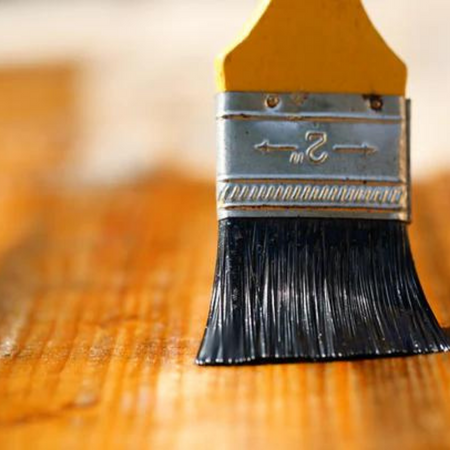
How to Termite-Proof Your Wooden Gate
There are lots of reasons to choose wooden gates over metal gates, but that doesn’t mean that there aren’t problems you can run into. Whenever you are dealing with outdoor wooden furniture and structures, you have to consider the potential for termite infestations. Fortunately, there are things that you can do to reduce the risk of termite infestations and to respond to any infestations that do arise.
What Are Termites?
Termites are small insects that demolish wood. They are often mistaken for white ants, owing to their pale appearance. A lone termite isn’t going to cause you much trouble, but when you have a large group of termites, they can work their way through wood at an astonishing rate. By some estimates, a single termite colony can contain as many as three million individual termites.
There are three main types of termite that you need to worry about: damp wood termites, which infest damp and decaying timber; dry wood termites, which are generally found in hardwood forests; and subterranean termites, which are found in a diverse range of habitats. Subterranean termites prefer softer woods but will eat other woods if given the chance.
Signs of Termites
If you regularly inspect your wooden fence, you can identify termite infestations as soon as they happen. If you live near woodlands or forests and you know what type of wood primarily grows there, you can choose your wooden gate accordingly. By choosing a type of wood for your gate that is different from the surrounding trees, you reduce the chances of termites taking an interest.
Aside from the physical damage that termites inflict on wood, there are other tell-tale signs that you have a termite problem. Termite droppings are a sure-fire giveaway, but they can be easily mistaken for sawdust or sand. However, if there’s no reason for there to be any sawdust or sand around your gate, it’s safe to assume that you have termite droppings (or very odd neighbours!).
Termites are intelligent and resourceful. They start on the ground and work their way up wooden structures. If there are other materials that they need to traverse to get at the wood, they will create mud tubes in order to get over it.

Scientific Solutions to Termite-Proof Your Wood
- Treat your wood
Treating your wood with oil will make it all but impenetrable for a termite. Of course, termite resistance is just one of the many benefits of wood treatments for your wooden gate. Wood treatments will also improve the general aesthetics and durability of your wooden gate, regardless of what type of wood it is made from.
- Use termite-proof paint
Termite-proof paint, as the name suggests, is paint that has been specially formulated to deter termites. This is usually just normal paint that has been mixed with various chemicals that repel or kill termites, preventing them from being able to power through to the wood beneath.
- Utilise plants
There are a number of plants that are effective at repelling termites that you can position next to your gate, such as catnip or velvet grass. However, if you want to keep your wooden gate protected from all threats, treating the wood is the most effective method.
Products
View all

